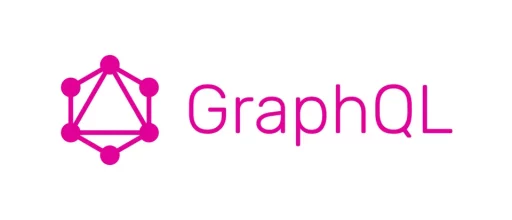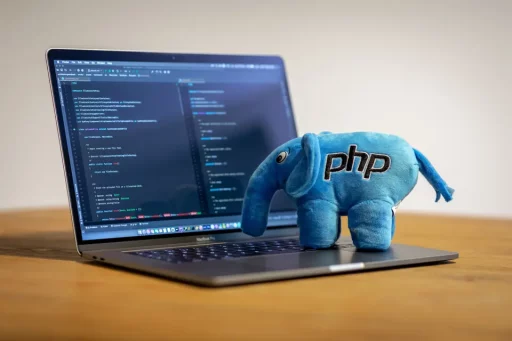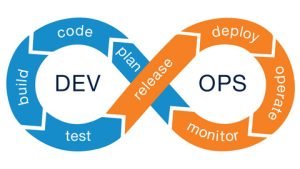Writing clean, modular, and reusable code is an important aspect of software development, regardless of the programming language you are using. In this article, we’ll look at best practices for writing clean, modular, and reusable code in PHP.
First, let’s define what we mean by “clean” code. Clean code is code that is easy to read, understand, and maintain. It is well-organized and follows a consistent naming convention and coding style. Clean code is also free of unnecessary comments, duplicated code, and “dead” code that is no longer being used.
One of the key principles of writing clean code is to follow the SOLID principles. SOLID is an acronym that stands for the five principles of object-oriented programming:
- Single Responsibility Principle: A class should have one, and only one, reason to change. This means that a class should have a single, well-defined responsibility.
- Open-Closed Principle: A class should be open for extension but closed for modification. This means that you should be able to extend the functionality of a class without modifying its existing code.
- Liskov Substitution Principle: Objects of a superclass should be replaceable with objects of a subclass without affecting the correctness of the program.
- Interface Segregation Principle: A class should not be forced to implement interfaces it does not use.
- Dependency Inversion Principle: High-level modules should not depend on low-level modules, but both should depend on abstractions.
Another key principle of writing clean code is to use design patterns. Design patterns are reusable solutions to common programming problems. Some popular design patterns in PHP include the Singleton pattern, the Factory pattern, and the Decorator pattern. These patterns help to make the codebase more organized, easy to understand, and easy to maintain.
Modular code is code that is composed of small, self-contained units that can be easily reused and combined. Each module should have a single, well-defined responsibility. By keeping the modules small and focused, you make it easier to maintain and test the codebase. Additionally, using a Dependency Injection Container to manage the dependencies between modules can help to make your code more modular and easier to test.
Reusable code is code that can be easily used in different parts of the application, or even in different applications. To make your code reusable, you should avoid hard-coding values, and instead, use configuration files or environment variables. This makes it easy to change the behavior of the code without modifying the code itself. Additionally, by following the SOLID principles, you can make sure that your code is easy to extend and adapt to different use cases.
In addition to the principles and practices discussed above, it’s also important to follow established coding standards when writing PHP code. One widely recognized set of standards for PHP is the PHP Framework Interop Group (PHP-FIG) standards. PHP-FIG is a group of PHP developers who have come together to establish a set of coding standards that can be used across different PHP frameworks and libraries. The group has created a number of standards, but three of the most important for writing clean, modular, and reusable code are PSR-1, PSR-2, and PSR-12.
PSR-1, also known as the Basic Coding Standard, establishes a basic set of rules for naming conventions, indentation, and other general coding practices. It is intended as a starting point for creating your own coding standards. You can find the full standard here: https://www.php-fig.org/psr/psr-1/
PSR-2, also known as the Coding Style Guide, builds on PSR-1 and provides more specific guidelines for formatting, whitespace, and other code style issues. It has been deprecated since 2021 and replaced with PSR-12 which is a latest version of code style guide which focuses on making some changes to PSR-2 and its more expressive in terms of naming conventions and formatting.
PSR-12 is a comprehensive guide for coding style, formatting, and naming conventions, with a focus on clarity and consistency. It aims to improve the readability and maintainability of the codebase by providing clear, easy-to-follow rules for indentation, whitespace, line length, and other code style issues. You can find the full standard here: https://www.php-fig.org/psr/psr-12/
By following the PSR standards, you can ensure that your code is consistent and easy to read and understand, which makes it easier to collaborate with other developers and maintain the codebase over time. While the PSR standards are not a replacement for the SOLID principles and design patterns discussed earlier, they can be used in conjunction with these practices to create high-quality, maintainable code.
In summary, following the SOLID principles, using design patterns, writing small, focused modules and making your code reusable are the key practices to make your PHP code clean, modular and reusable. Additionally, following the PSR standards established by PHP-FIG, specifically PSR-1, PSR-2 (deprecated), and PSR-12, ensures that your code is consistent and easy to read and understand, which makes it easier to collaborate with other developers and maintain the codebase over time.















